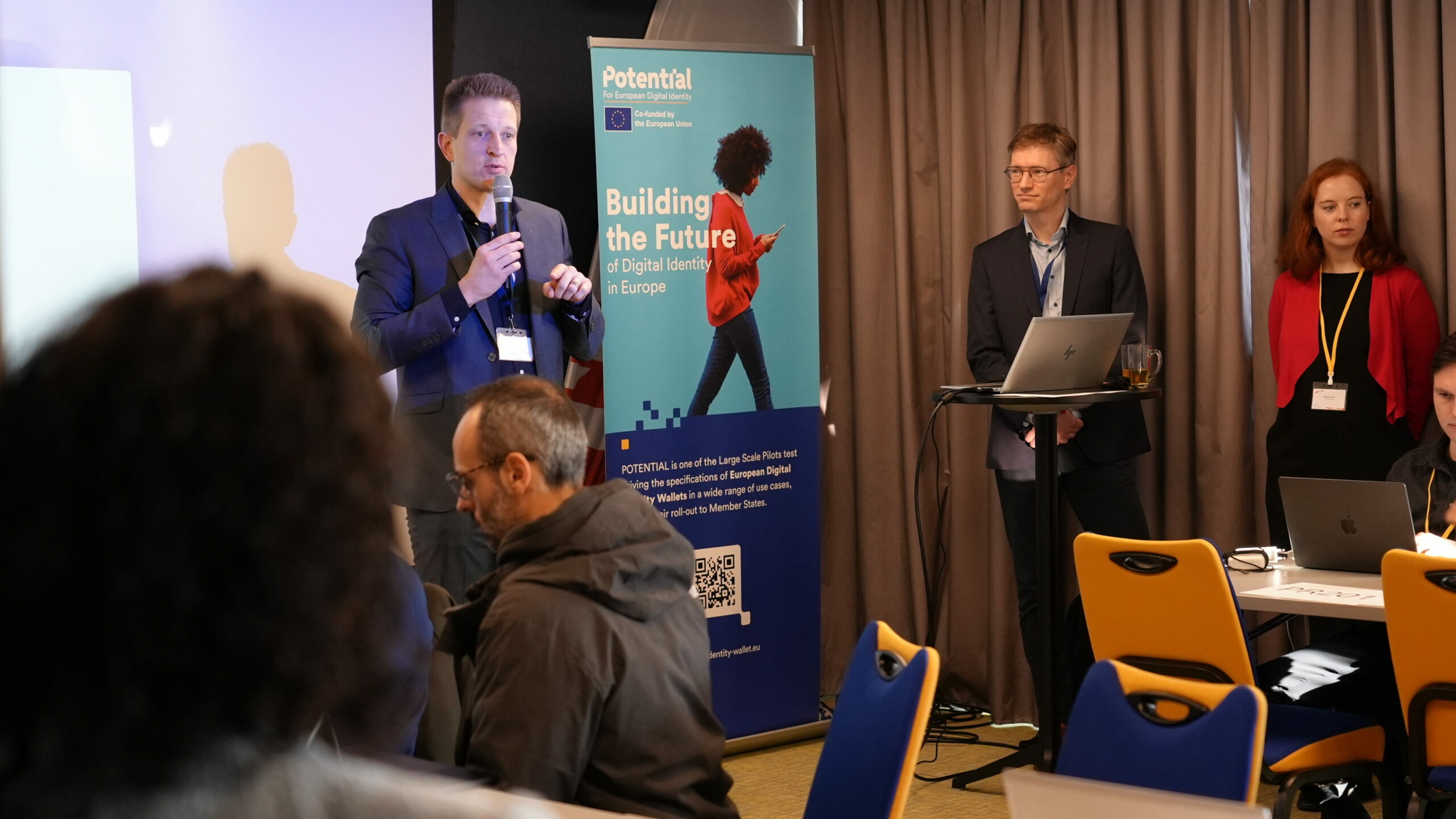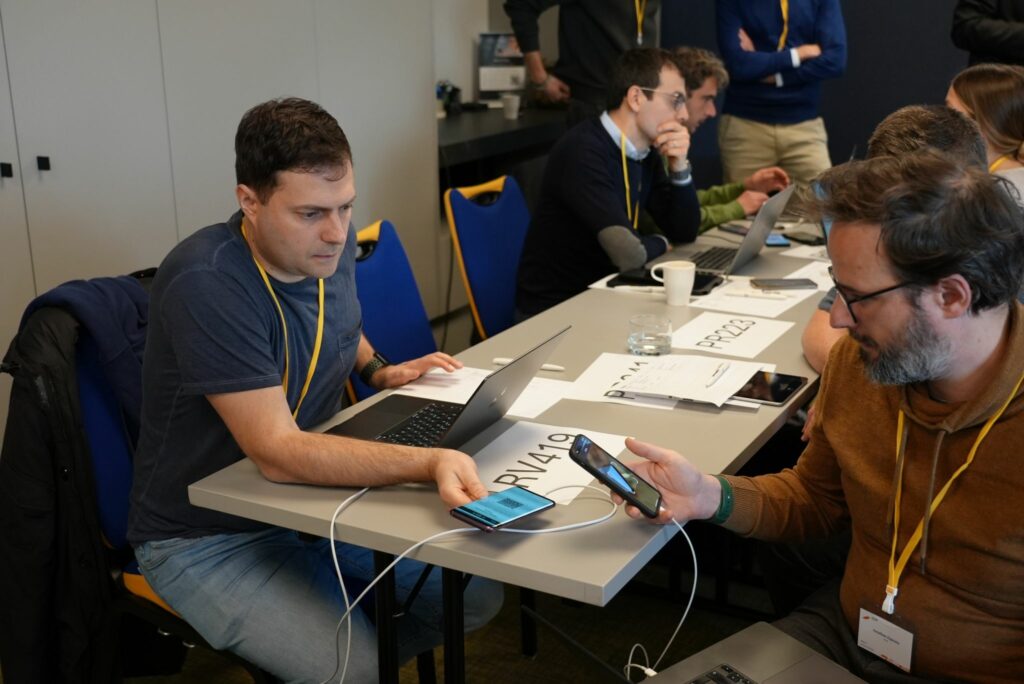At the end of February 2025, digital identity wallet issuers and relying parties met in Utrecht, the Netherlands, to test the interoperability of mobile driving licences between European countries. This key step aimed to harmonize practices within the European Union, simplify procedures for European citizens and strengthen the fight against fraud.

What was the purpose of the tests in the Netherlands?
The event was held on February 26 and 27 at the Park Plaza Hotel in Utrecht. It brought together more than 100 participants in the Potential project: representatives of wallet issuers, ministries of the Interior and car rental companies.
Countries present with an implementation included Belgium, Estonia, Finland, France, Germany, Ireland, Italy, Lithuania, Luxembourg, Netherlands, Poland, Portugal, Ukraine, and Greece. Observers included Malta and Spain, alongside several other participants from outside Potential, worldwide.
The objective was to test the interoperability of the mobile driving licence through two scenarios:
- Proximity presentation, according to the ISO 18013-5 standard, via Bluetooth Low Energy (BLE) for licence checks, both on iOS and Android.
- Remote presentation, according to the ISO 18013-7 standard, requiring Internet access for the holder and the verifier, for example for online vehicle rental.
These tests followed a “speed dating” format, with holders rotating between the verifiers’ tables every 20-30 minutes to assess their ability to exchange data.
These tests helped identify any technical or regulatory obstacles and optimize the integration of the mobile driving licence into the European Digital Identity Wallet ecosystem.
The event also enabled testing for presentation of other attestations such as the PID, and for age verification.



What were the challenges of interoperability?
While the mobile driving licence already offers many advantages for users in each country, interoperability allows for:
- mutual recognition between the authorities and services of each Member State (border control, for example);
- enhanced data security and compliance with European regulations on digital identity;
- simplified access to vehicle rental services throughout the European Union, without the need for paper documents.
💡 Good to know
The digital driving licence will hold the same legal value as its physical equivalent, which ensures that European citizens have the same rights throughout Europe.
What are the next steps?
The event made it possible to identify implementation gaps between the different solutions, to gather feedback on current standards in order to consider possible developments. It also made it possible to continue testing by integrating them more into business processes and to examine additional functionalities such as verification of whether or not the licence has been revoked. This essential data will be used to adjust the configuration of the digital wallet and the digital driving licence. This phase is essential for the widespread introduction of the European wallet by 2026.
The main stages of the European digital driving licence project

- 1 March 2023
The European Commission proposes the introduction of a European digital driving licence.
- February 28, 2024
The European Parliament adopts its negotiating position on the Revision of the Driving Licence Directive.
- February 26-27, 2025
Interoperability tests in the Netherlands.
- 2026
Rollout of the European digital identity wallet.
Watch the event highlights video below
